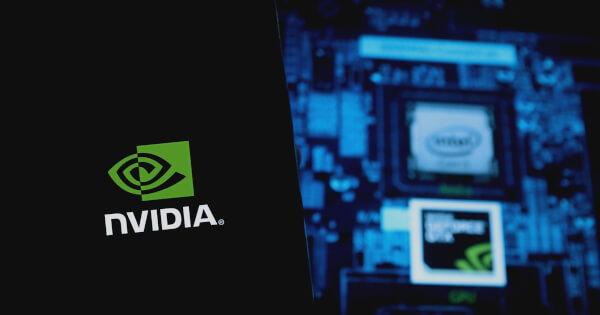NVIDIA’s Warp & Gaussian Splatting: The Game-Changer in Robotic Simulation You Can’t Ignore
NVIDIA just dropped a bombshell in the robotics space—and Wall Street's algo-traders are too busy chasing memecoins to notice.
Warp meets Gaussian Splatting: The simulation revolution
Forget clunky old physics engines. NVIDIA's new tech stack smashes together Warp's computational muscle with Gaussian Splatting's photorealistic rendering. The result? Robotic training environments so real, your Roomba might start demanding equity.
Why this matters for the real world
Factories won't know what hit them. With hyper-accurate digital twins and near-instant training cycles, we're looking at the fastest path from simulation to physical deployment since crypto bros jumped from NFTs to AI tokens.
The cynical take: Someone's gonna pump a 'RoboSimCoin' within 48 hours.

NVIDIA is pioneering a new frontier in robotic simulation technology by integrating its Warp and Gaussian Splatting techniques to develop dynamic digital representations of the physical world. This novel approach aims to create real-time digital twins, enhancing robotic perception and interaction, according to NVIDIA's blog post by Jad Abou-Chakra.
Advancements in Robotic Mental Models
The Core of this innovation lies in the concept of, which allows robots to maintain a live internal simulation of their environment. This system does not solely depend on raw image streams but rather builds a continuous, physics-aware world model that synchronizes with reality in real time. This approach is a significant leap toward replicating human-like visual and physical reasoning in robots.
The Role of Differentiable Rendering
Differentiable rendering, particularly through Gaussian Splatting, plays a crucial role in initializing and supervising the robotic simulator. By continuously aligning rendered images with real-world observations, the system forms a robust feedback loop. This allows even imperfect simulations to remain accurate over time, as real-time corrections compensate for any discrepancies.
Utilizing Prior Knowledge in Robotics
One of the key challenges addressed by NVIDIA's approach is the reliance on multiple cameras for accurate simulations. By leveraging prior knowledge—such as the robot's pose, geometry, and interaction with objects—the system can function effectively with fewer cameras. This integration of visual and physical data ensures the representation is grounded not just in appearance but also in physics.
Dual Representation: Particles and Gaussians
The simulator is built around two main components:and. Particles represent the physical structure and are managed by a fast, stable physics engine. Meanwhile, 3D Gaussians capture the visual appearance, rendered using Gaussian Splatting. This dual system creates a closed loop where physics and visuals continuously correct each other, maintaining an accurate model of the environment.
Powered by NVIDIA Warp and gsplat
NVIDIA's simulator utilizes Nvidia Warp for its physics engine, while gsplat handles the differentiable rendering. This combination allows for efficient real-time simulation, providing a significant advancement in the field of robotic AI.
For a detailed technical overview and access to open-source resources, visit the NVIDIA blog.
Image source: Shutterstock- nvidia
- robotics
- simulation
- ai

